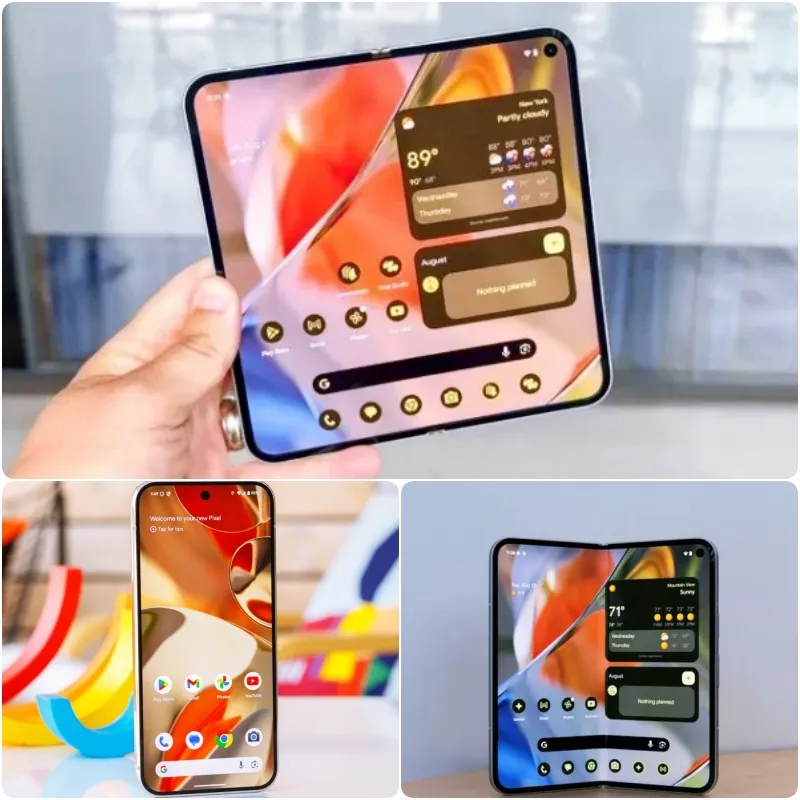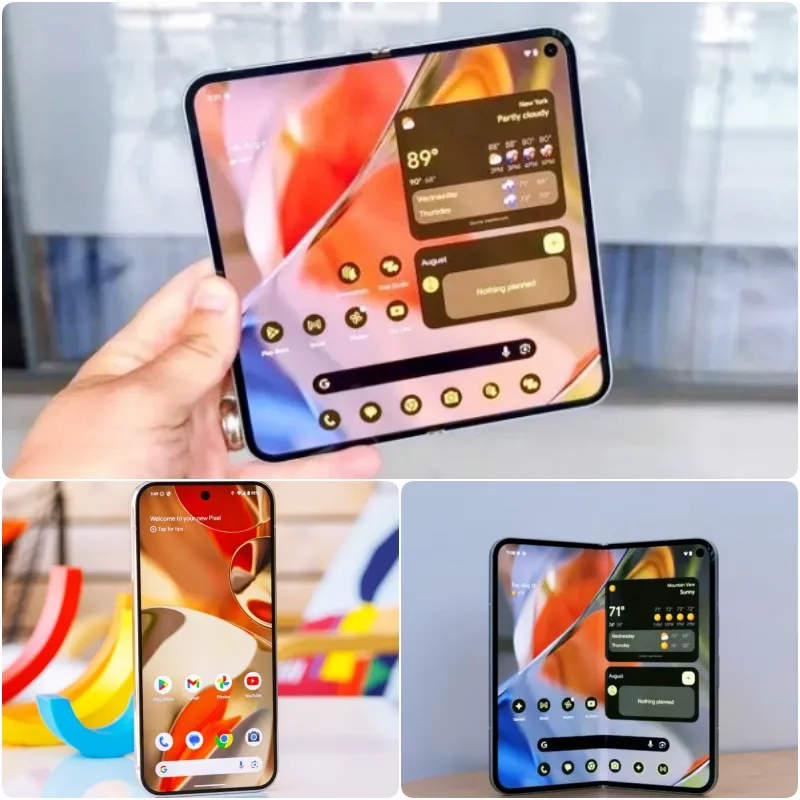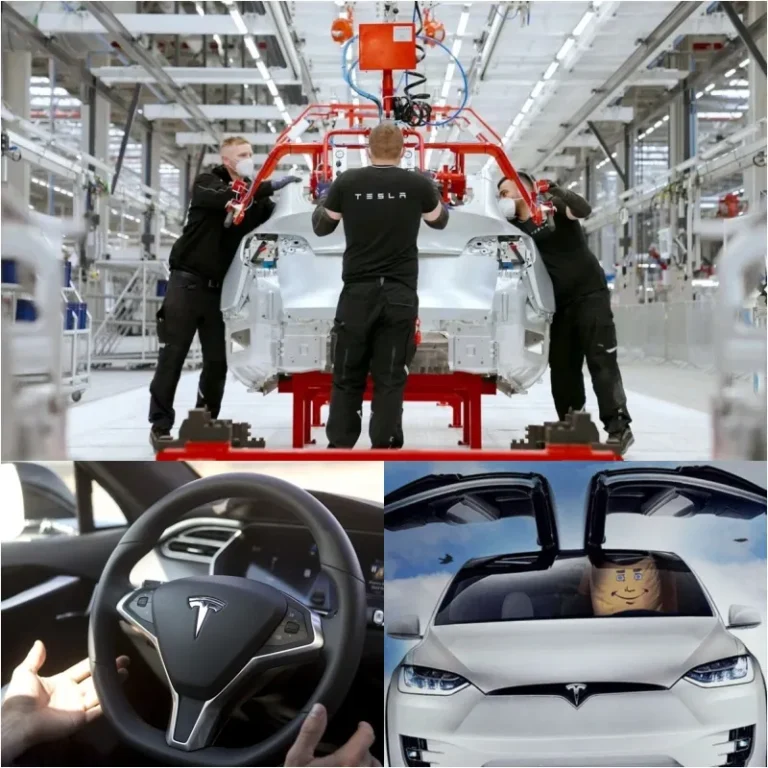
Google Pixel 9 Series Unveiled with Cutting-Edge AI Features
On August 13th, Google unveiled the Pixel 9 series, marking a significant leap in the company’s integration of artificial intelligence (AI) into its hardware. This release highlights Google’s commitment to pushing the boundaries of what smartphones can do by incorporating advanced AI features that enhance user experience and device functionality.

One of the standout features of the Pixel 9 is its ability to search for information directly from screenshots. This innovative approach allows users to interact with their device in new ways, making information retrieval faster and more intuitive. Additionally, the introduction of the Gemini chatbot offers seamless interaction across various applications. Users can engage with Gemini through a special overlay, enabling them to ask questions, create content, and receive personalized responses without leaving the app they’re using.
Gemini is designed to handle complex tasks directly on the device, ensuring privacy by not sending data to third parties. This AI feature can analyze on-device data to make personalized recommendations, whether it’s scheduling appointments, drafting messages, or summarizing documents. The Pixel 9 also introduces the “Add Me” feature, allowing users to merge two group selfies into one, ensuring that everyone is included in the final photo.

The Pixel 9 Pro models come equipped with “Gemini Live,” a feature that facilitates natural and fluid conversations with the AI assistant. This allows users to interrupt or change topics mid-conversation seamlessly. The Pro models also boast the “Video Boost” feature, which enhances video quality by upgrading footage from 4K to 8K via Google’s cloud services. However, this feature requires significant bandwidth to operate effectively.
Rick Osterloh, Google’s Senior Vice President of Devices and Services, emphasized the practical application of AI in the Pixel 9 series: “When it comes to AI, there’s a lot of promise and speculation about what’s coming, but not enough usefulness in the real world. That’s why we’re serious about this new phone. We’re in the Gemini era.”
The Pixel 9 series includes three models: the standard Pixel 9, Pixel 9 Pro, and Pixel 9 Pro XL, all powered by the latest Tensor G4 chip. The Pixel 9 Pro stands out with 16 GB of RAM and a 5,060 mAh battery, while the standard Pixel 9 features 12 GB of RAM and a 4,700 mAh battery. The Pixel 9 Pro XL offers a larger 6.8-inch display compared to the 6.3-inch screens on the other models.
Camera capabilities are a strong point of the new Pixel lineup. The Pixel 9 Pro and Pixel 9 Pro XL feature a 50-megapixel main sensor, a 48-megapixel ultra-wide camera, a 48-megapixel telephoto lens, and a 42-megapixel selfie camera. The standard Pixel 9 is equipped with a 50-megapixel main camera, a 48-megapixel ultra-wide camera, and a 10.5-megapixel front camera, catering to users with high photography demands.

Pricing for the Pixel 9 starts at $799, with the Pixel 9 Pro beginning at $999, and the Pixel 9 Pro XL priced from $1,099. The Pixel 9 and Pixel 9 Pro XL will start shipping in late August, while the Pixel 9 Pro and Pixel 9 Pro Fold are expected to be available in September.
The Pixel 9 Pro Fold, a highlight of the series, impresses with its slim design, measuring just 10.5 mm when folded and 5.1 mm when unfolded, making it significantly thinner than its predecessor, the Pixel Fold. The device’s weight has also been reduced, making it more portable. The Pixel 9 Pro Fold’s hinge has been significantly improved, allowing the device to open completely flat for a seamless viewing experience. It features the Tensor G4 chip, up to 16 GB of RAM, and a 4,650 mAh battery, with prices starting at $1,799.
In addition to the Pixel 9 series, Google also introduced the Pixel Watch 3, featuring a “Loss of Pulse” function that can detect heart stoppages and contact emergency services, and the Pixel Buds Pro 2, enhancing the company’s lineup of wearable technology.






